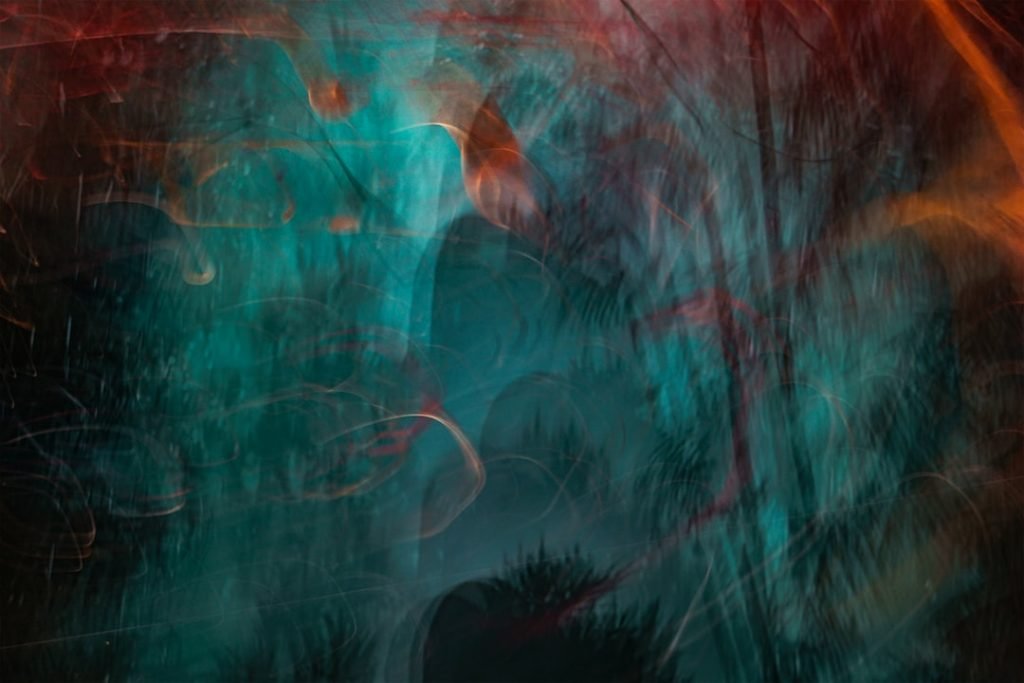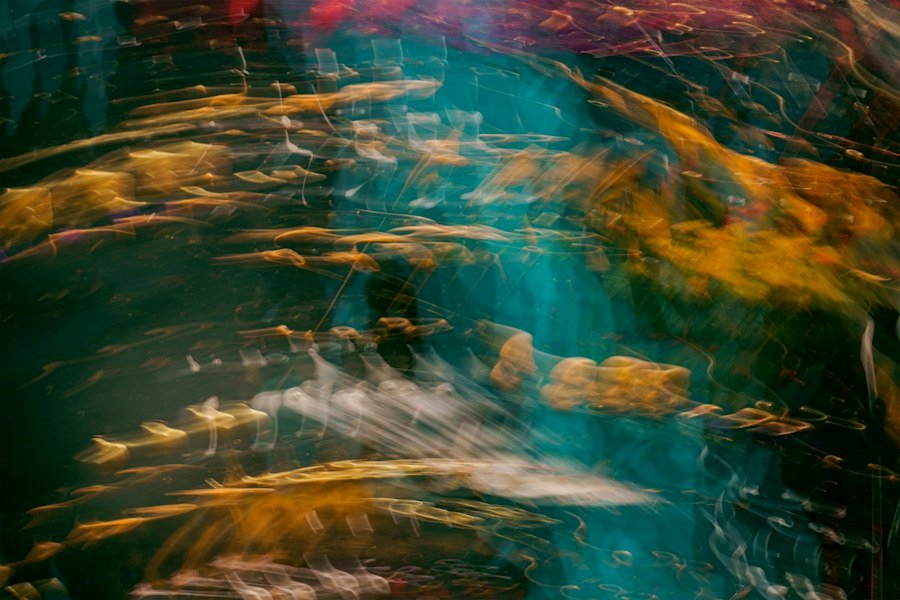

Norwegian Vocabulary for the Art Aficionado: Discussing Art and Culture in Norwegian
Learning Norwegian art and culture vocabulary is essential for anyone interested in understanding and appreciating the rich artistic heritage of Norway. Norway has a long history of producing talented artists and has made significant contributions to various art movements. By learning the vocabulary associated with Norwegian art and culture, you can gain a deeper understanding of the artworks, artists, and cultural events that have shaped the country’s artistic landscape.
By familiarizing yourself with Norwegian art and culture vocabulary, you can enhance your ability to engage in conversations about art, visit exhibitions and galleries, and analyze and critique artworks. It allows you to fully immerse yourself in the Norwegian art scene and appreciate the nuances and intricacies of the artworks. Whether you are an artist yourself or simply an art enthusiast, learning Norwegian art and culture vocabulary will greatly enrich your experience.
Table of Contents
ToggleKey Takeaways
- Norwegian art and culture vocabulary is important for understanding and appreciating Norwegian art.
- Basic art vocabulary in Norwegian includes words for colors, materials, and techniques.
- Discussing different art styles in Norwegian involves using words like “realisme” and “abstrakt kunst.”
- Describing art techniques in Norwegian requires knowledge of words like “akvarell” and “oljemaling.”
- Talking about famous Norwegian artists in Norwegian involves using names like Edvard Munch and Gustav Vigeland.
- Vocabulary for discussing exhibitions and galleries in Norwegian includes words like “utstilling” and “galleri.”
- Vocabulary for discussing art criticism and analysis in Norwegian includes words like “analyse” and “kritikk.”
- Art-related idioms and expressions in Norwegian include phrases like “å male fanden på veggen” (to paint the devil on the wall).
- Vocabulary for discussing cultural events in Norwegian includes words like “kulturarrangement” and “festival.”
- Tips for improving your Norwegian art vocabulary include reading art-related texts in Norwegian and practicing speaking with native speakers.
Basic art vocabulary in Norwegian
To begin your journey into Norwegian art and culture, it is important to familiarize yourself with basic art vocabulary. Some essential words to know include “maleri” (painting), “skulptur” (sculpture), and “tegning” (drawing). These words form the foundation of discussing different art forms in Norwegian.
For example, if you want to talk about a painting you saw at an exhibition, you can say “Jeg så et vakkert maleri på utstillingen” (I saw a beautiful painting at the exhibition). Similarly, if you want to discuss a sculpture you admire, you can say “Jeg beundrer denne skulpturen” (I admire this sculpture). By incorporating these basic art vocabulary words into your conversations, you can effectively communicate your thoughts and opinions about artworks.
Discussing different art styles in Norwegian
Norwegian art has been influenced by various art movements throughout history. Some notable art styles include impressionism, expressionism, and surrealism. To discuss these art styles in Norwegian, it is important to learn the corresponding vocabulary.
For example, to talk about impressionism, you can use the word “impressionisme.” If you want to describe a painting as impressionistic, you can say “Dette maleriet er impressionistisk” (This painting is impressionistic). Similarly, to discuss expressionism, you can use the word “ekspressionisme” and say “Dette maleriet er ekspressionistisk” (This painting is expressionistic). By incorporating these art style vocabulary words into your discussions, you can accurately convey your thoughts and opinions about different art movements.
Describing art techniques in Norwegian
In addition to art styles, it is important to learn vocabulary related to art techniques. Understanding these techniques allows you to appreciate the skill and craftsmanship behind the artworks. Some essential art technique vocabulary words include “skyggelegging” (shading), “blanding” (blending), and “perspektiv” (perspective).
For example, if you want to discuss the shading in a painting, you can say “Skyggeleggingen i dette maleriet er imponerende” (The shading in this painting is impressive). Similarly, if you want to talk about the blending of colors in a drawing, you can say “Blandingen av farger i denne tegningen er fantastisk” (The blending of colors in this drawing is fantastic). By incorporating these art technique vocabulary words into your discussions, you can effectively describe and analyze the technical aspects of artworks.
Talking about famous Norwegian artists in Norwegian
Norway has produced many renowned artists who have made significant contributions to the art world. Some famous Norwegian artists include Edvard Munch and Gustav Vigeland. To discuss these artists in Norwegian, it is important to learn the corresponding vocabulary.
For example, to talk about Edvard Munch, you can say “Edvard Munch er en kjent norsk kunstner” (Edvard Munch is a famous Norwegian artist). If you want to discuss his most famous painting, “The Scream,” you can say “Jeg elsker maleriet ‘Skrik’ av Edvard Munch” (I love the painting ‘The Scream’ by Edvard Munch). Similarly, to talk about Gustav Vigeland, you can say “Gustav Vigeland er en anerkjent norsk skulptør” (Gustav Vigeland is a renowned Norwegian sculptor). By incorporating these artist vocabulary words into your discussions, you can effectively convey your admiration for their works.
Vocabulary for discussing exhibitions and galleries in Norwegian

Attending exhibitions and visiting galleries is a great way to immerse yourself in the Norwegian art scene. To effectively discuss exhibitions and galleries in Norwegian, it is important to learn vocabulary related to these contexts. Some essential exhibition and gallery vocabulary words include “åpning” (opening), “stenging” (closing), and “kurator” (curator).
For example, if you want to talk about an upcoming exhibition, you can say “Jeg ser frem til åpningen av denne utstillingen” (I am looking forward to the opening of this exhibition). Similarly, if you want to discuss the closing date of an exhibition, you can say “Utstillingen stenger neste uke” (The exhibition is closing next week). By incorporating these exhibition and gallery vocabulary words into your discussions, you can effectively communicate your thoughts and plans regarding art events.
Vocabulary for discussing art criticism and analysis in Norwegian
Art criticism and analysis play a crucial role in understanding and interpreting artworks. To effectively discuss art criticism and analysis in Norwegian, it is important to learn vocabulary related to these contexts. Some essential art criticism and analysis vocabulary words include “tolkning” (interpretation), “kritikk” (critique), and “analyse” (analysis).
For example, if you want to discuss your interpretation of a painting, you can say “Min tolkning av dette maleriet er at det representerer ensomhet” (My interpretation of this painting is that it represents loneliness). Similarly, if you want to critique an artwork, you can say “Jeg har noen kritiske tanker om dette kunstverket” (I have some critical thoughts about this artwork). By incorporating these art criticism and analysis vocabulary words into your discussions, you can effectively express your thoughts and opinions about artworks.
Art-related idioms and expressions in Norwegian
Idioms and expressions are an integral part of any language, and Norwegian is no exception. Learning art-related idioms and expressions in Norwegian can add depth and color to your conversations about art and culture. One example of an art-related idiom in Norwegian is “å male byen rød,” which translates to “to paint the town red.”
This idiom is used to describe a night out or a celebration where people have a lot of fun and engage in various activities. For example, if you want to talk about a fun night out with friends, you can say “Vi malte byen rød i går kveld” (We painted the town red last night). By incorporating these art-related idioms and expressions into your conversations, you can add a touch of creativity and cultural understanding to your language skills.
Vocabulary for discussing cultural events in Norwegian
In addition to art-specific vocabulary, it is important to learn vocabulary related to cultural events in general. This allows you to engage in conversations about various cultural activities such as festivals, concerts, and exhibitions. Some essential cultural event vocabulary words include “festival” (festival), “konsert” (concert), and “utstilling” (exhibition).
For example, if you want to talk about a music festival you attended, you can say “Jeg hadde en fantastisk opplevelse på musikkfestivalen” (I had an amazing experience at the music festival). Similarly, if you want to discuss a concert you enjoyed, you can say “Konserten var utrolig bra” (The concert was incredibly good). By incorporating these cultural event vocabulary words into your discussions, you can effectively communicate your experiences and opinions about various cultural activities.
Tips for improving your Norwegian art vocabulary
To improve your Norwegian art vocabulary, there are several strategies you can employ. First and foremost, reading art-related articles and books in Norwegian can greatly enhance your vocabulary. This allows you to encounter new words and phrases in context and expand your understanding of Norwegian art and culture.
Additionally, attending exhibitions and galleries in Norway provides an immersive experience where you can practice using your art vocabulary in real-life situations. Engaging in conversations with artists, curators, and fellow art enthusiasts allows you to apply your knowledge and gain confidence in discussing art in Norwegian.
Lastly, practicing speaking and writing about art in Norwegian on a regular basis is crucial for improving your vocabulary. Whether it’s discussing artworks with a language partner or writing about your favorite artists, consistently using art-related vocabulary will help solidify your understanding and fluency.
In conclusion, learning Norwegian art and culture vocabulary is essential for anyone interested in understanding and appreciating the rich artistic heritage of Norway. By familiarizing yourself with basic art vocabulary, discussing different art styles, describing art techniques, talking about famous Norwegian artists, discussing exhibitions and galleries, engaging in art criticism and analysis, learning art-related idioms and expressions, discussing cultural events, and practicing regularly, you can enhance your understanding and appreciation of Norwegian art and culture. So, don’t hesitate to dive into the world of Norwegian art and culture and continue learning and exploring.
If you want to learn Norwegian, you can register for classes here. We look forward to hearing from you and helping you become fluent in Norwegian.





